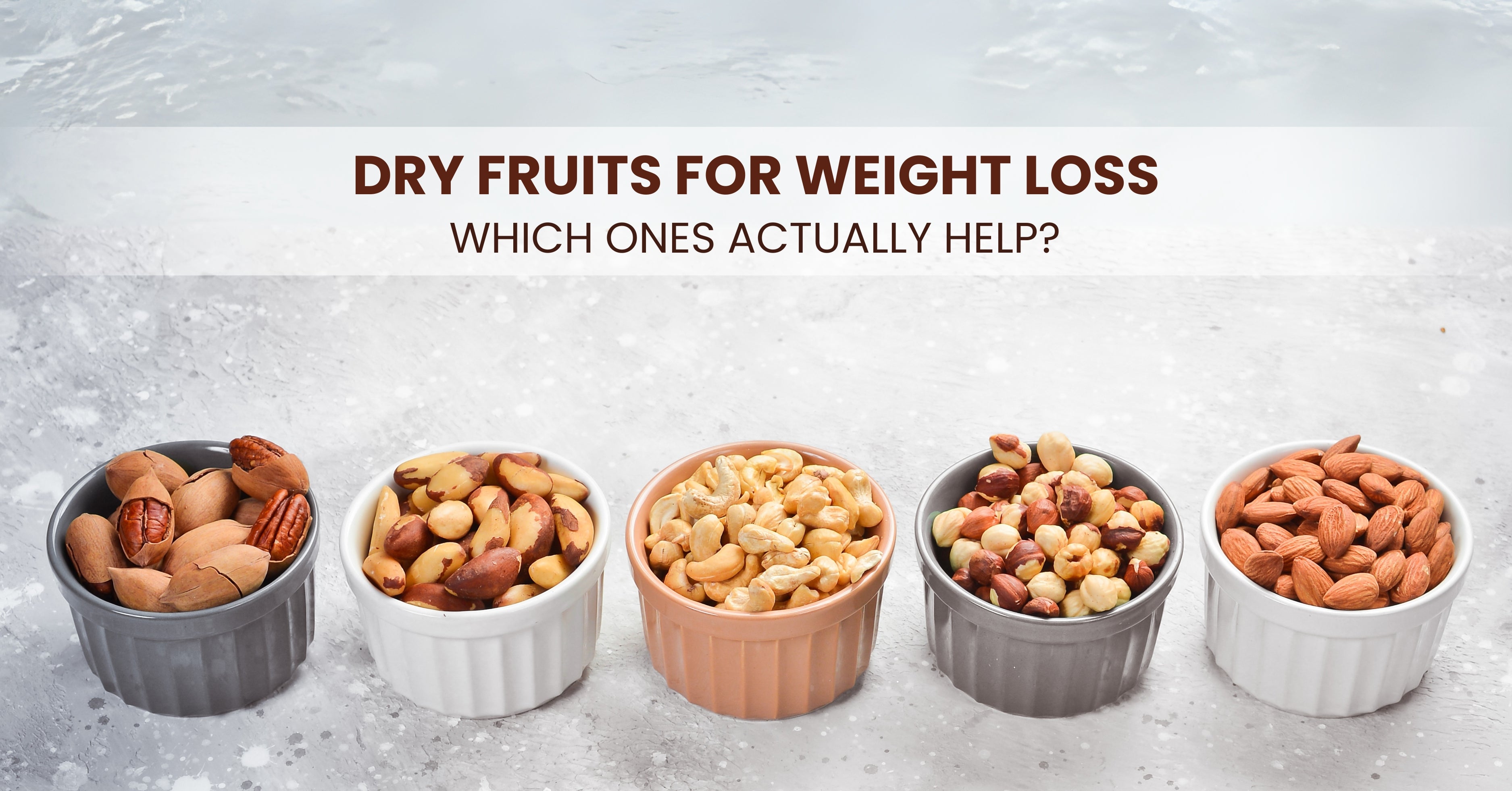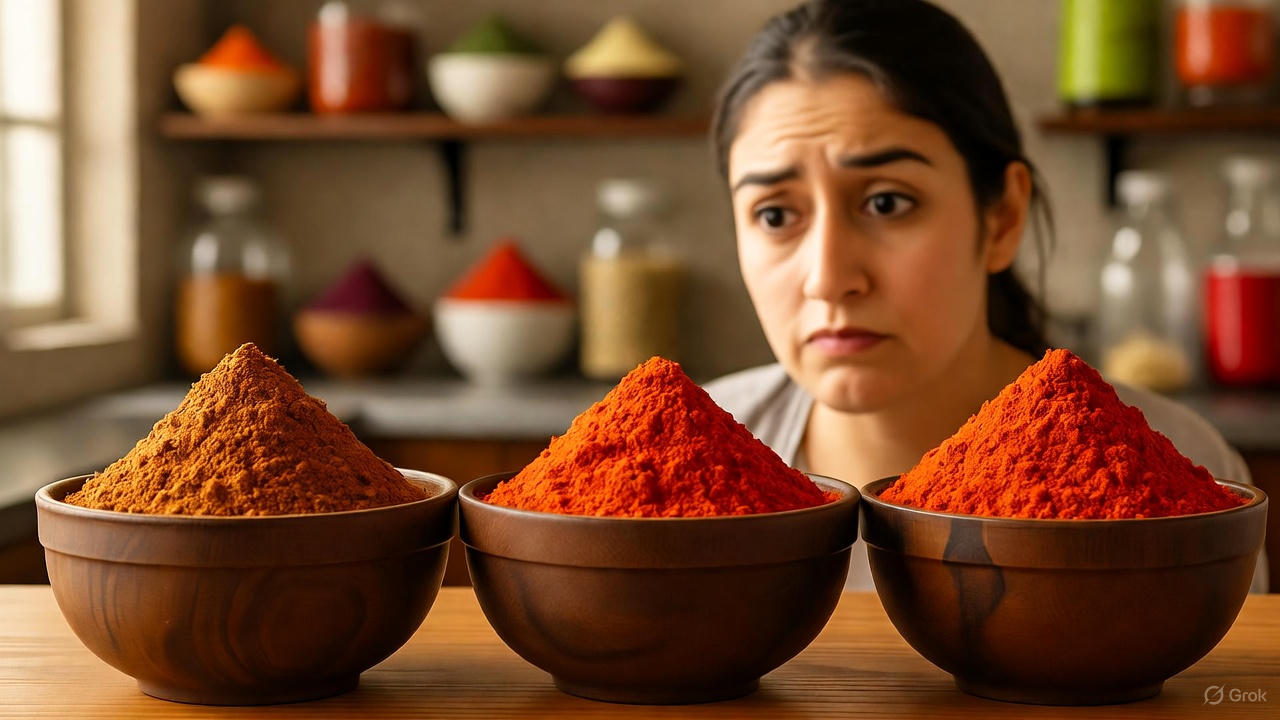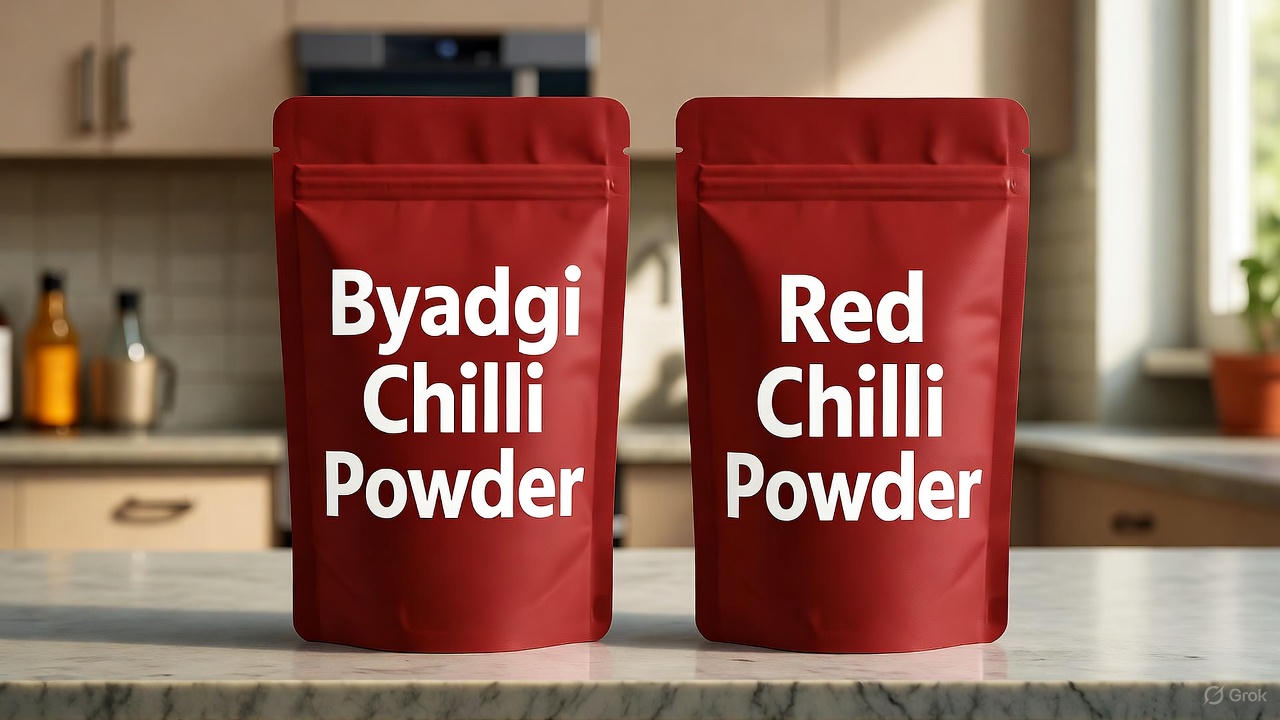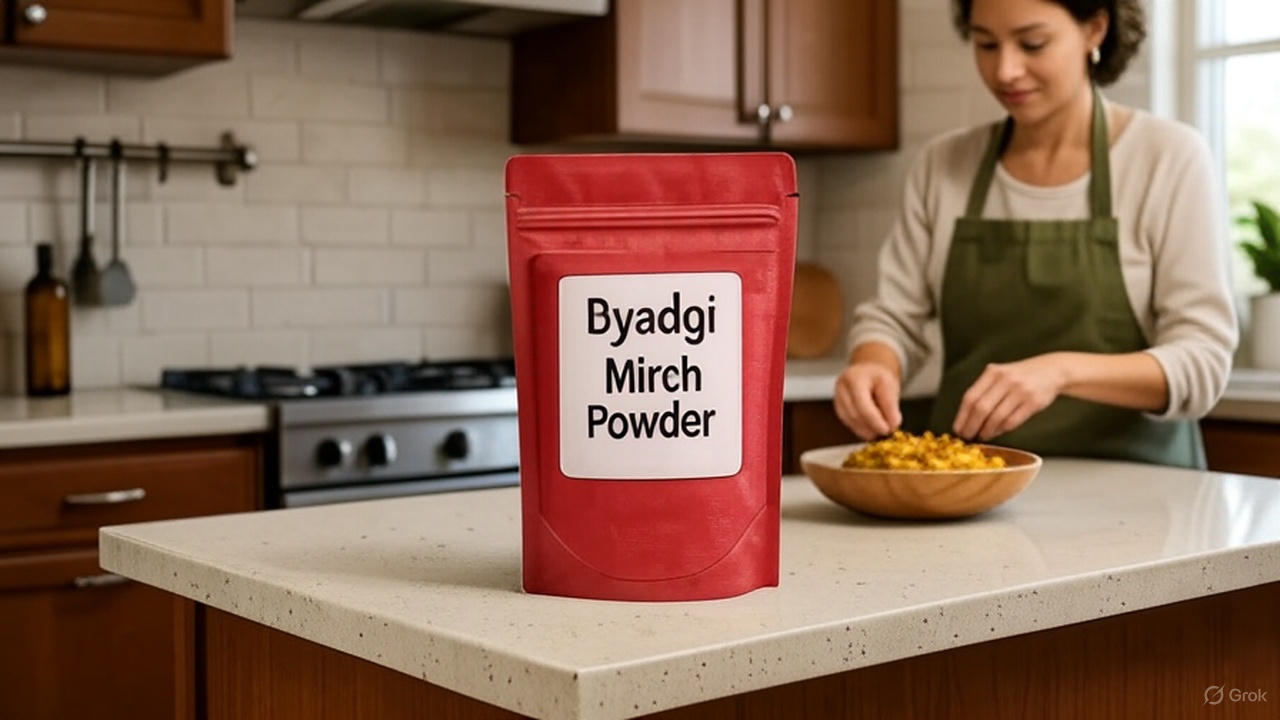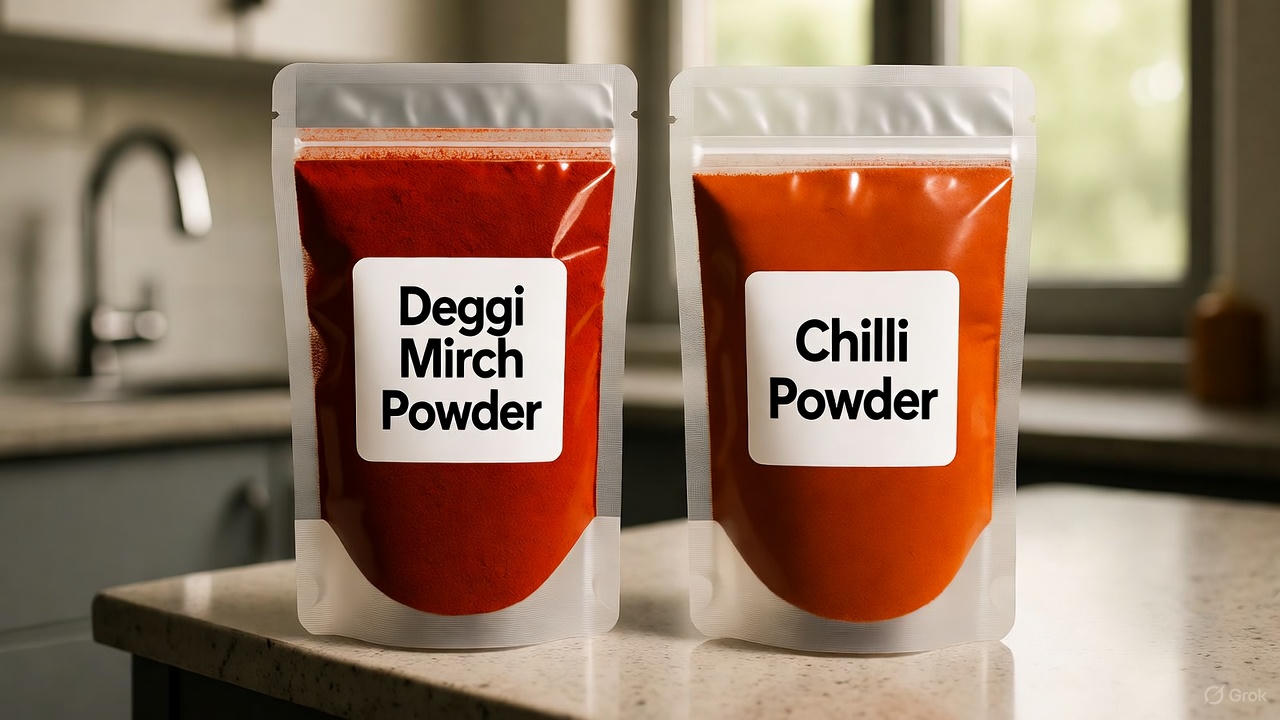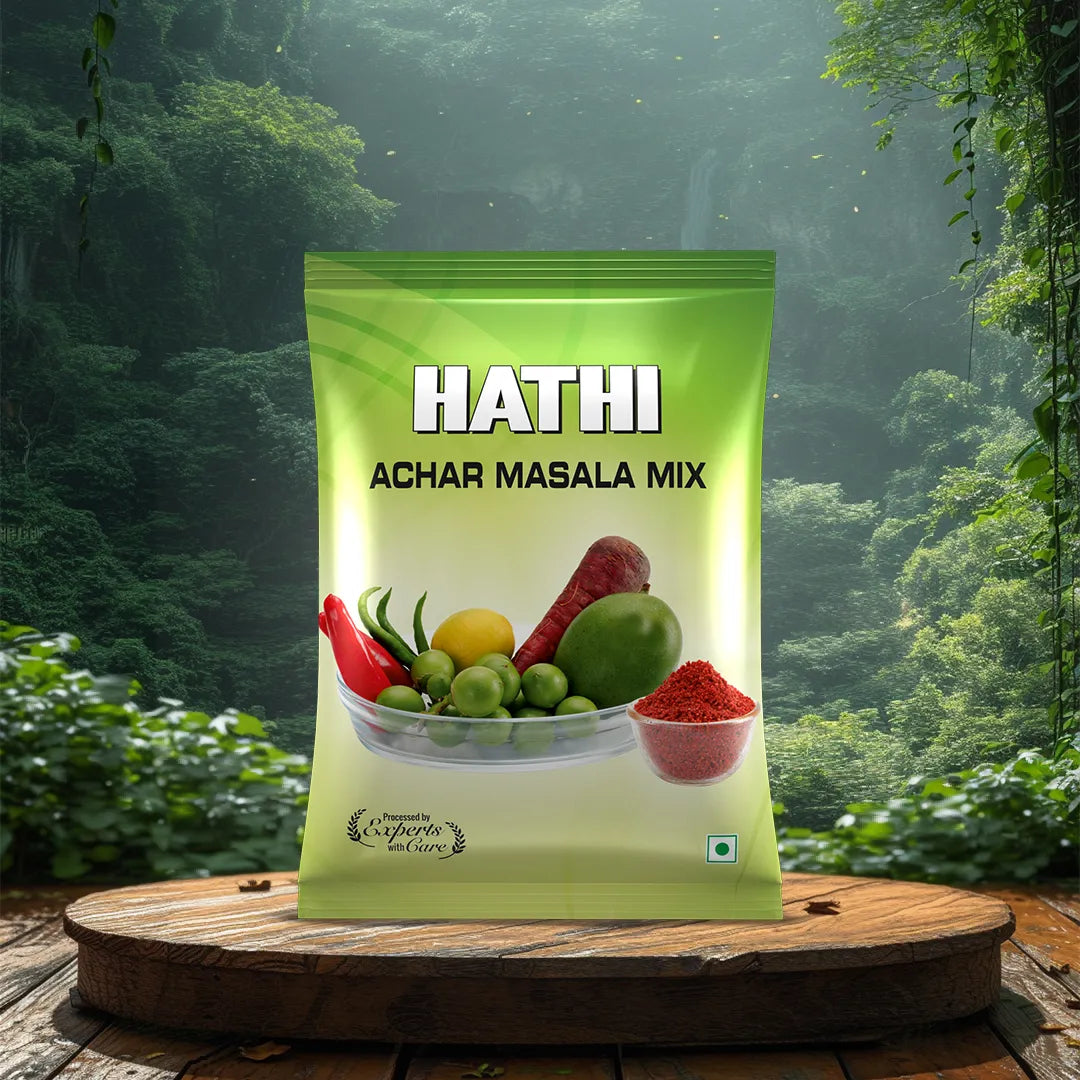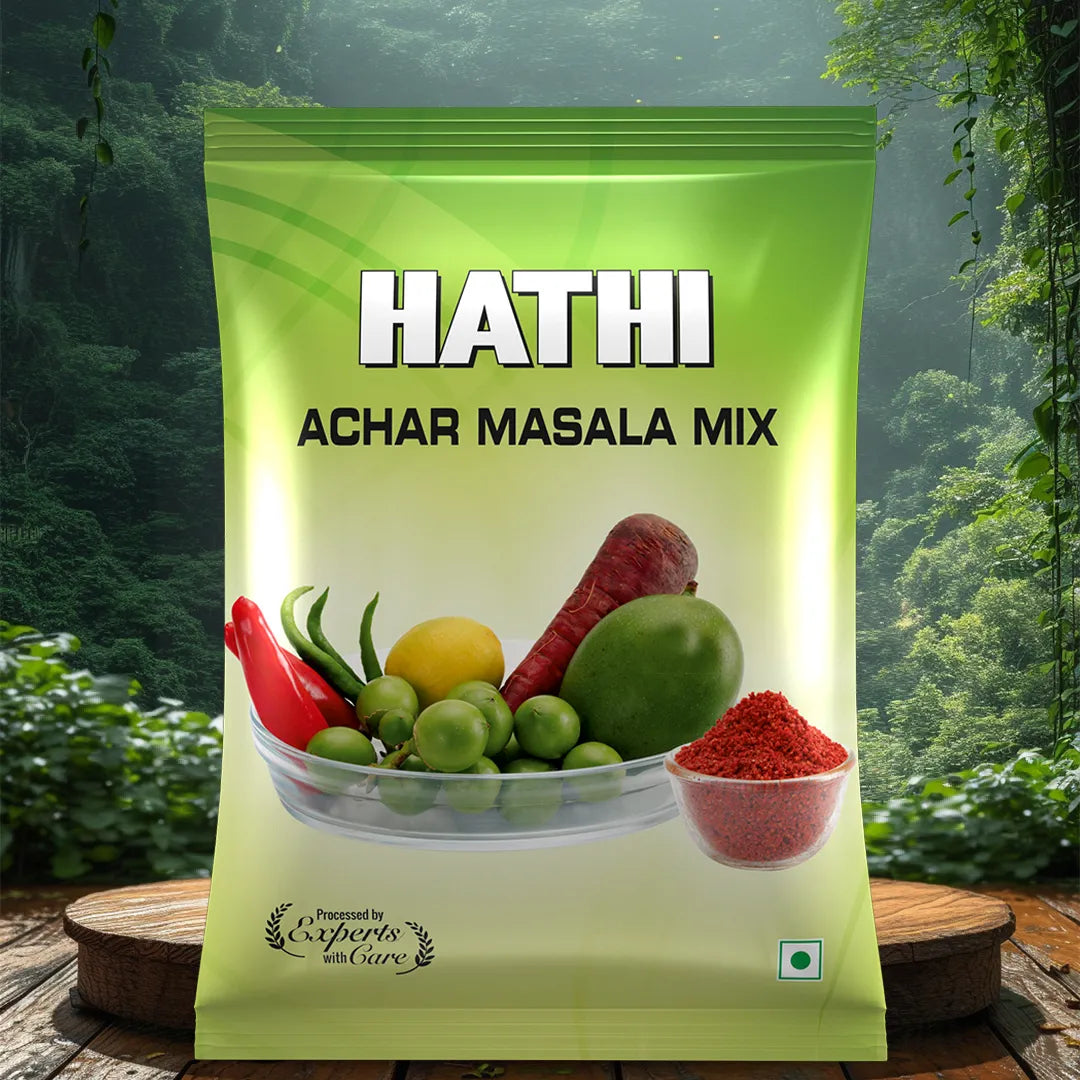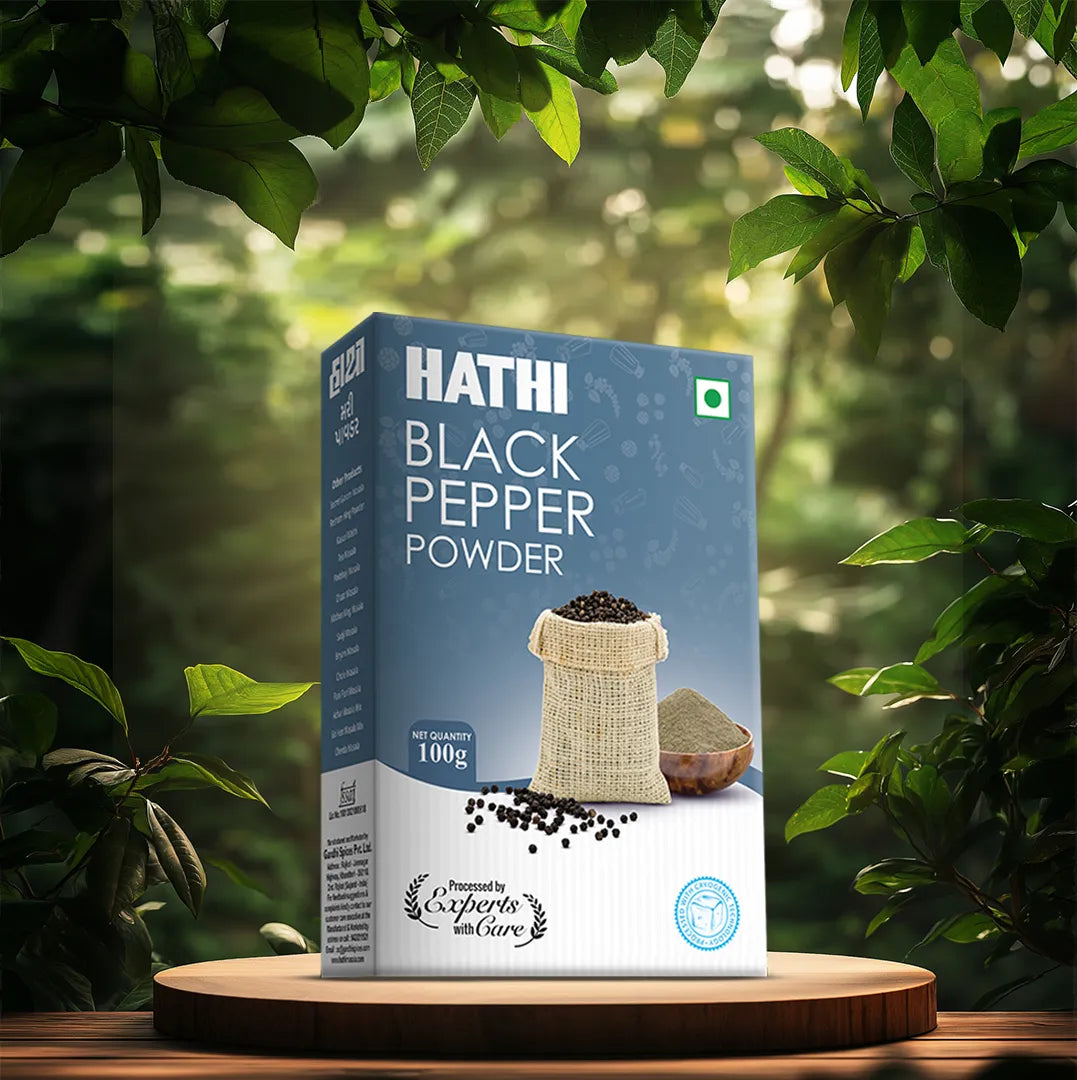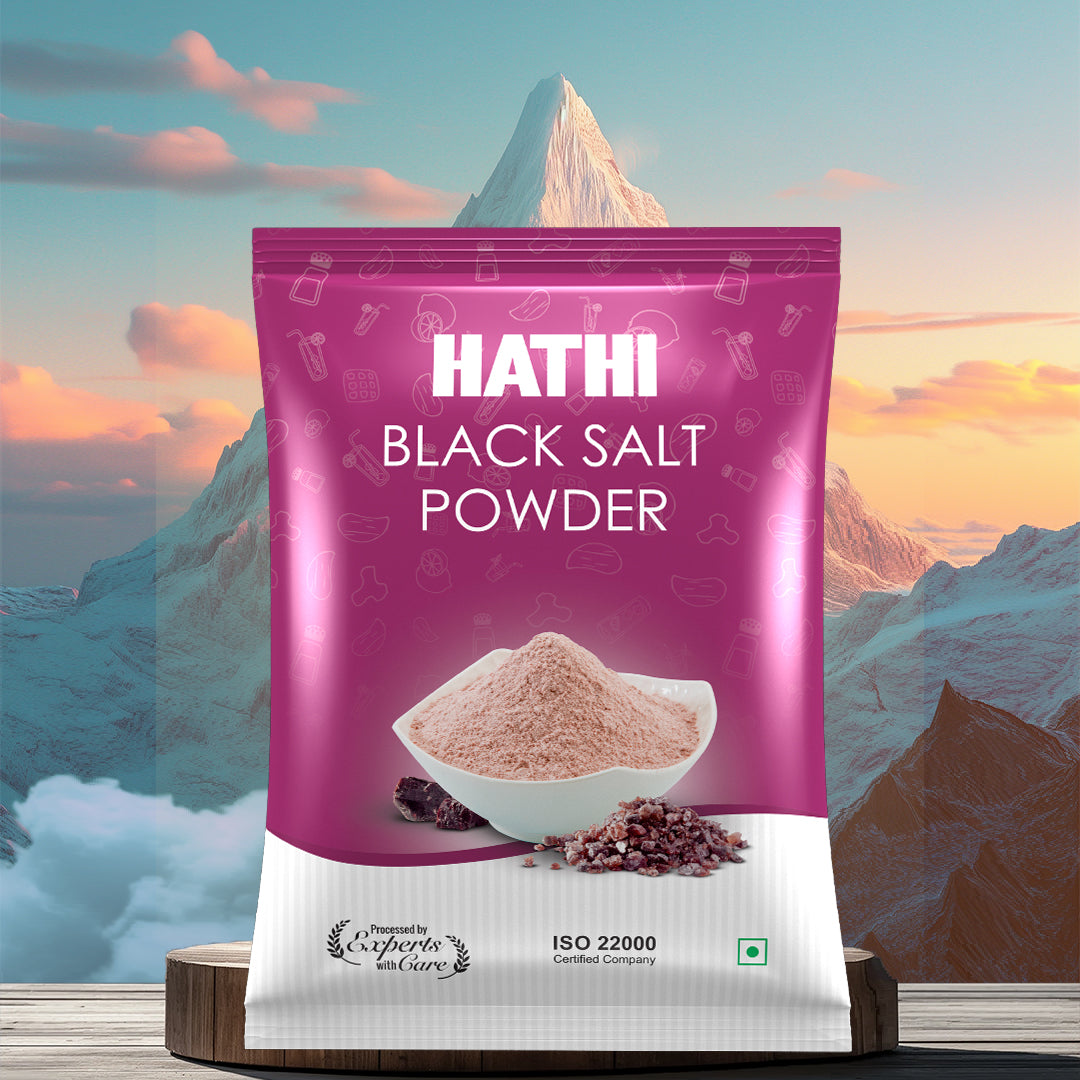Let’s be honest—we either think healthy snack or a calorie bomb loophole when we hear “dry fruits.” The interesting thing about this is that some dry fruits are your best friend in the battle against inconvenient weight. That's right, you just have to know which dry fruit helps you and which passes the sugar to you.
Dry fruits are nutritional dynamite. They are small, easily portable nukes of vitamins, minerals, and antioxidants. They’re not all the same in your battle against weight. So, which dry fruits help? Let's take a bite.
What Are Dry Fruits?
Typically, dried fruits mean fruits that have been naturally dried or dehydrated (with no added sugars). However, the term dried fruit is mostly interchangeable with nuts (which are not technically fruits but will be included in this healthy group).
Difference Between Dried Fruits and Nuts
-
Dried fruits: Fruits that have had most of their water removed (e.g., raisins, apricots, prunes).
-
Nuts: Hard-shelled seeds like almonds, walnuts, and pistachios.
Natural vs. Processed Dry Fruits
Always check the labels. Some dry fruits come coated in sugar or preservatives, which kill the healthy vibe. Go natural and unsweetened wherever possible.
Read: 12 Powerful Dry Fruits Benefits You Should Know About
Are Dry Fruits Good for Weight Loss?
Short answer? Yes—if you eat them smartly.
Nutritional Benefits
Dry fruits are rich in:
-
Fiber
-
Protein
-
Healthy fats
-
Essential vitamins (E, B-complex, K)
-
Minerals like magnesium and potassium
Fiber Content and Satiety
Most dry fruits have high fiber content, which keeps you full longer. That means fewer cravings and a lower chance of binge eating.
Role in Metabolism and Energy
They’re packed with energy and help fuel workouts and daily activities. A handful before your gym session can seriously amp up your performance.
Best Dry Fruits That Help in Weight Loss
1. Almonds
These are the MVPs of weight loss.
-
High in protein and fiber
-
Keeps you full and helps avoid snacking
-
May boost metabolism
Tip: 6-8 almonds in the morning (preferably soaked).
2. Walnuts
Walnuts are loaded with omega-3 fatty acids, which:
-
Reduce inflammation
-
Support healthy metabolism
-
Improve fat burning
Tip: Great for brain and body—just 2-3 pieces daily.
3. Pistachios
They’re fun to eat and surprisingly low in calories.
-
49 pistachios = ~160 calories
-
Help reduce hunger and snack cravings
Tip: Opt for unsalted ones to avoid excess sodium.
4. Dates
Sweet, chewy, and energizing.
-
Great natural alternative to sugary treats
-
High in fiber and antioxidants
Caution: High in natural sugar, eat only 1-2 per day.
5. Raisins
Tiny but mighty!
-
Improve digestion
-
Aid in fat breakdown
Too many = too much sugar. Stick to a tablespoon a day.
6. Cashews
Often feared for their fat content—but unfairly so!
-
Contain healthy monounsaturated fats
-
Good source of magnesium and protein
Tip: 4-5 cashews a day is a safe, tasty bet.
7. Apricots
Dried apricots are fiber-packed and digestion-friendly.
-
Helps reduce bloating
-
Natural source of iron and vitamin A
Best as a mid-day snack.
8. Prunes
Not just for your grandma!
-
Amazing for gut health
-
Natural laxative effect
-
Boosts digestion and metabolism
Tip: Great in smoothies or chopped into oats.
How to Eat Dry Fruits for Weight Loss
Portion Sizes Matter
This is super important. Dry fruits are calorie-dense.
-
Almonds: 6–8 pieces
-
Walnuts: 2–3 halves
-
Pistachios: 15–20
-
Dates: 1–2
-
Cashews: 4–5
Best Time to Eat Dry Fruits
-
Morning: Boosts energy and metabolism
-
Pre-workout: Fuel up for exercise
-
Snack time: Replaces junk food
Soaked vs. Raw Dry Fruits
Soaking nuts like almonds and walnuts:
-
Improves digestion
-
Boosts nutrient absorption
-
Reduces antinutrients like phytic acid
Buy premium-quality Hathi Masala Dry Fruits today!
Mistakes to Avoid While Eating Dry Fruits
Candied Dry Fruits
They look innocent—but they’re sugar bombs in disguise.
-
Added sugars = weight gain
-
Look for “unsweetened” on the label
Too Much of a Good Thing
Even healthy dry fruits can backfire if you overeat. Stick to portion control!
Sample Daily Plan Including Dry Fruits
-
Morning (Empty Stomach): 6 soaked almonds + 2 walnuts
-
Mid-morning Snack: 1 date + 5 pistachios
-
Post-lunch: 3 dried apricots or 1 tbsp raisins
-
Pre-Workout: 4 cashews + 1 date
-
Dinner: Skip dry fruits
Read: Best Dry Fruits for Hair Growth
Who Should Avoid or Limit Dry Fruits?
-
Diabetics: Due to high natural sugars (consult your doctor)
-
People with nut allergies: Avoid almonds, walnuts, cashews, etc.
-
Kidney patients: Limit potassium-rich dry fruits
Conclusion
Dry fruits can absolutely fit into your weight loss journey, as long as you don't treat them like popcorn at the movies! It's all about balance, portion control and making good selections.
Consider dry fruits as your mini energy boosters. They are meant to support your efforts, not derail them. Incorporate them into your routines and see how they energize you while keeping you in the hunt.
Buy Hathi Masala's dry fruits online today!
FAQs About Dry Fruits for Weight Loss
Can I eat dry fruits at night?
Yes, but in moderation. A few soaked almonds or walnuts before bed can improve sleep and metabolism.
Which dry fruit burns belly fat?
Walnuts and almonds help reduce overall body fat, including belly fat, thanks to healthy fats and fiber.
Are dry fruits better than fresh fruits for weight loss?
Not necessarily. Both have benefits. Dry fruits are more calorie-dense, so portion control is key.
How many dry fruits should I eat a day?
A mix of 5-6 different dry fruits (in small quantities) is ideal for weight management.
Are trail mixes good for weight loss?
Only if they’re natural and unsweetened. Avoid mixes with chocolate bits and added sugar.

